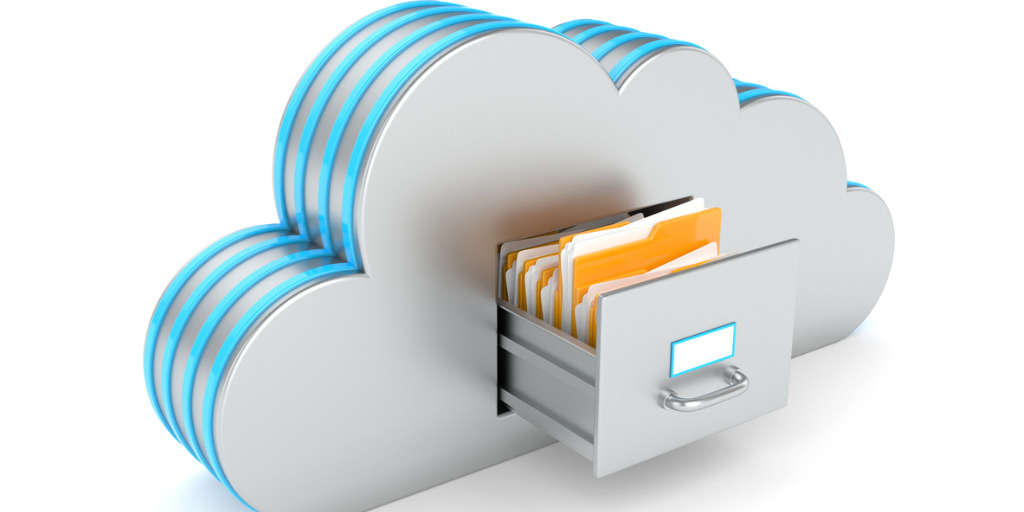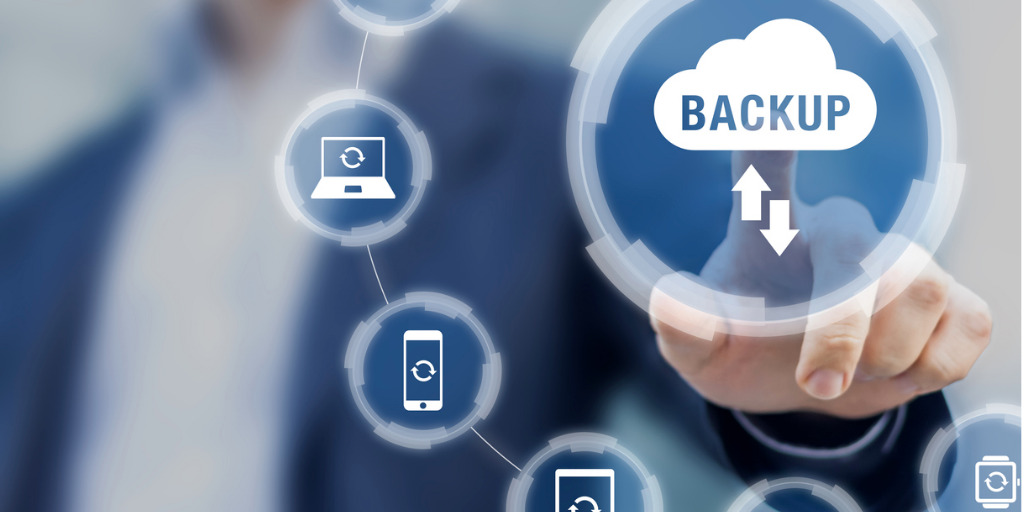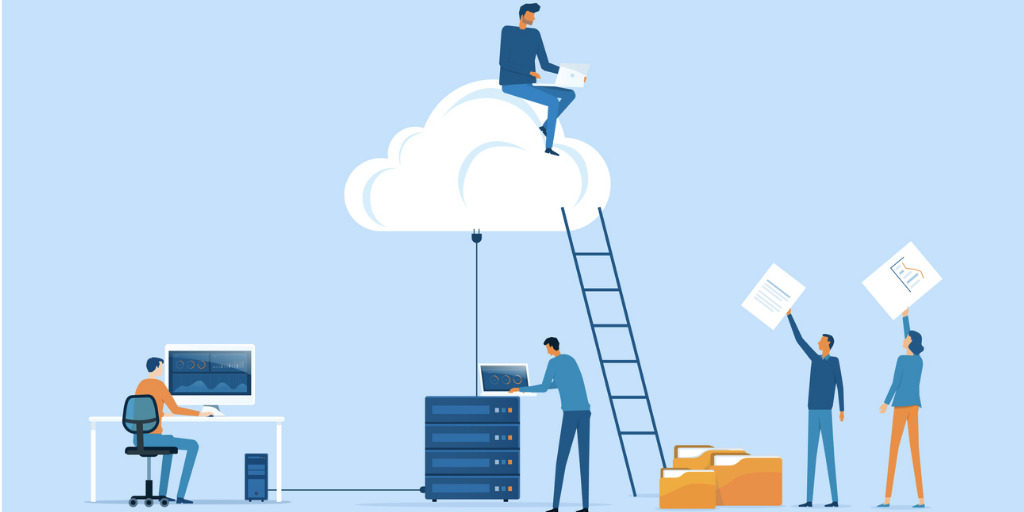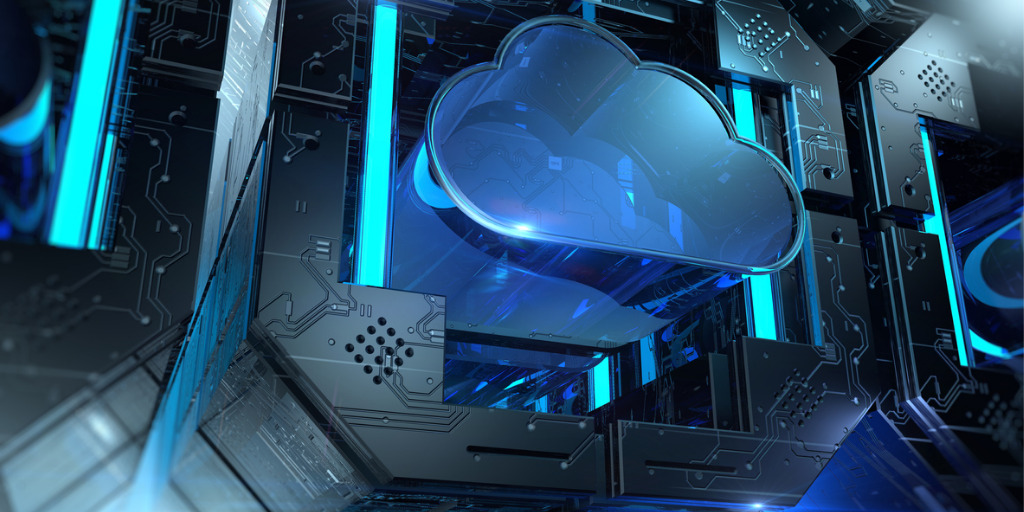Creating a Successful Cloud Backup and Disaster Recovery Plan
Cloud backup and disaster recovery is easy to set up. But how can you be sure these provisions will actually work when the worst happens, and you encounter a genuine disaster? As always, success is dependent on planning, the better your plan, the less risk of failure. Audit your systems and data Effective backup (and […]
Creating a Successful Cloud Backup and Disaster Recovery Plan Read More »





